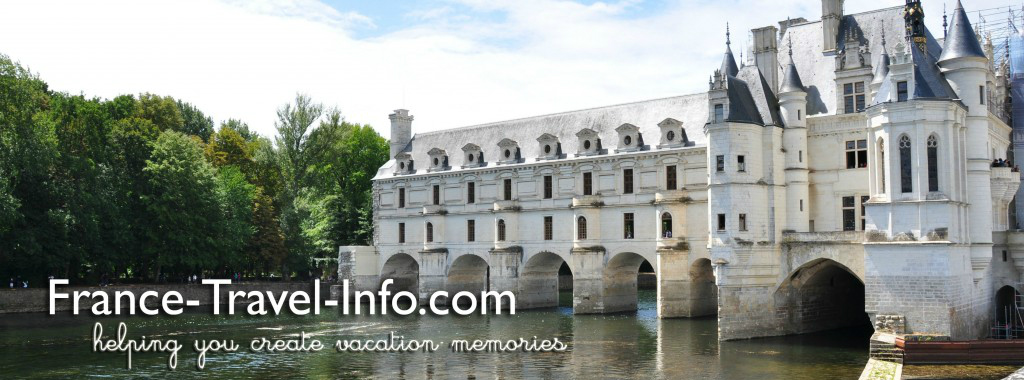Exploring Moët and Chandon in Épernay
Who doesn’t love Champagne? Whether it is just a glass of Champagne or when it is part of an aperitif called a Kir Royal in the Burgundy Region, champagne is lovely. Our first tour included both history and a final tasting at Moët and Chandon Champagne House in Épernay. Both the tour and the champagne tasting proved quite enjoyable!
Touring the Caves
Did you know that appellation regulations in France (and other countries, as well) dictate the sourcing of grapes, fermentation processes, etc that must be followed for a product to be called Champagne? All other drinks must be called sparkling wines. We knew that was the case with cheese such as Roquefort but I had no idea it also applied to champagne.

Lovely fizz at the end of our tour
Although it was mid-July, the day was drizzly, gray and anything but hot. Touring Moët and Chandon was a fun way to spend a rainy afternoon. After a slow lazy morning we headed to Épernay. It was a short drive from our gite but you can also arrive via train from Paris. Take the train to Épernay out of Gare de l’Est in Paris. The Moët and Chandon House is a short walk from the train station. The train journey is about an hour and a half.

Numbered alcoves line the wall, filled with numerous bottles of Champagne
Ranging anywhere from 10 to 30 meters below the surface, the 17 mile long cellars of Moët and Chandon, are cool enough that I never removed my jacket. Knowing how deep we would go (almost 100 feet down in places), I was concerned that it would feel a bit claustrophobic but I didn’t get that sense at all. It rained steadily outside but we enjoyed our one hour tour inside!

Oak cask given to Jean Rémy Moët by Napolean I in 1810.

The small “white spots” you see between the bottle bottoms are actually the tops of other bottles facing the opposite direction.
Dom Pérignon
It’s hard to talk about Moët and Chandon without mentioning Dom Pérignon whom legend names as the father of champagne. Dom Pérignon was a monk at the Benedictine Abbey of St-Pierre de Hautevillers and spent his life perfecting various wine-making techniques. On the Hautvillers website, they refer to themselves as le berceau du champagne, which translates to “the cradle of champagne”. I really like that imagery.

Dom Perignon
In 1670 Dom Pérignon literally stumbled upon the process of making champagne. Initially considered a “fail” due to a quirk in the fermentation process, champagne became a cherished drink! Today, Moët and Chandon owns the Abbey, which has not been a functioning abbey since the Revolution.
Only the Church of St-Sindulphe is open to visitors. The stone church where Dom Pérignon is buried is lovely. The grapevine carvings on the pulpit are original to the 1698 church and the two angels flanking the altar are fairly amazing in size. Hautvillers is less than 15km from Épernay but you will need a car to reach it.

Burial marker of Dom Perignon

Closer view of the angels flanking the altar.

Church of St-Sindulphe at the Abbey of St-Pierre de Hautvillers
Other Champagne Houses
Moët and Chandon isn’t the only Champagne House in Épernay. I plotted other well-known choices on the map below. As for us, our next Champagne House was Veuve Cliquot in Reims. After we returned home I found these two books, Champagne: How the World’s Most Glamorous Wine Triumphed Over War and Hard Times and The Widow Clicquot: The Story of a Champagne Empire and the Woman Who Ruled It
on the Champagne industry in the Region of France. They are two of my favorite reads.


Leave a Reply